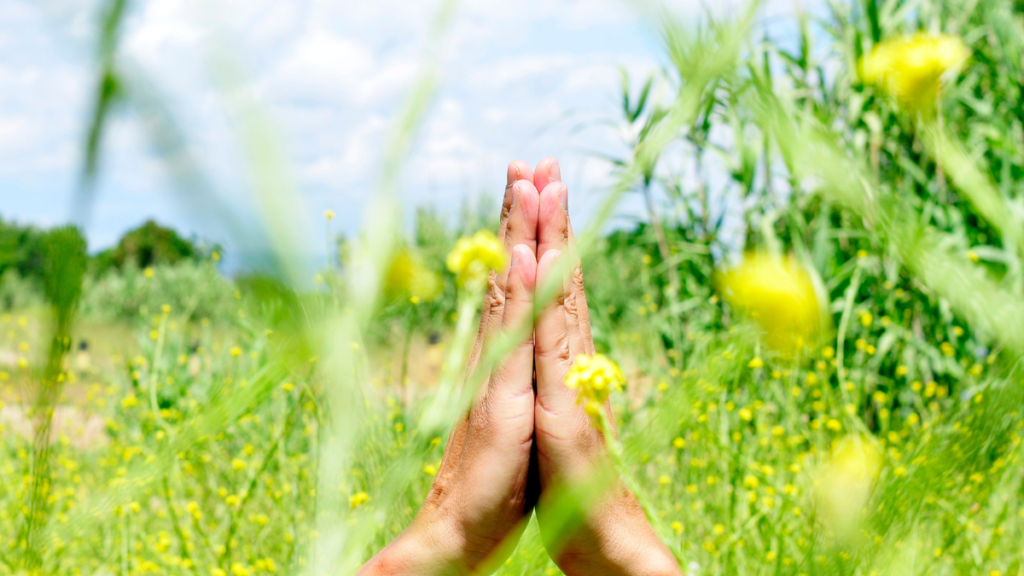
In addition to all the things I do at Grace, I am also a hospital chaplain. I lead groups and visit individual patients in Units 3 and 4 at the Adventist Hospital in Vallejo, where youth and children with mental health issues are patients on the ward. These are children who show up with profound pain and layered trauma, and we often have them for only a week or two before they are released back to the environments that may have cultivated the crisis in the first place. Although I am new to this work, I often think about how we help people shift and heal pain in our medical systems, in our families, in our church, and in our world.
Emotions – pain, happiness, grief – are energy. According to Dr. Julia DiGangi, author of the book Energy Rising, “Emotions are neuro-electric exchanges in your brain that govern all the meaning in your life…and the meaning of your life rises on the energy of emotion.” As a clinical psychologist with specialized expertise in the brain (a neuropsychologist) Dr. DiGangi talks about how to work with emotional energy in the nervous system.
The law of conservation of energy (pull up that high school physics, everybody) says that energy can never be destroyed; “the total energy…remains constant over time, and is conserved over time.” Since this is true, any emotion we feel cannot be destroyed, it can only be transformed.
Dr. DiGangi writes that “…painful feelings are an energy. If we could destroy them by avoiding them or pretending they weren’t there, or numbing ourselves from them, or watching a lot of Netflix, or leaving a relationship or a job, we would all have transformed our pain by now.” We try to manage our pain in these and many other ways, and what happens? We are exhausted. We are disappointed.
And the pain remains.
If we cannot eliminate or disburse the energy generated by pain, how do we transform it? I am going to suggest something that may make some of you groan, or roll your eyes even. We do this by summoning our greatest superpower as humans: gratitude.
Gratitude.
I don’t mean be grateful for your cancer or your divorce or your child’s fever or your bankruptcy. I definitely don’t mean: be grateful for poverty, abuse, environmental degradation or depression and desperation in young people. I mean: in the midst of death, destruction, disappointment, find something for which you are grateful. I know this seems wildly naive and pollyanna-ish, but I promise you it’s not. It’s always within reach, it’s free, and it’s a reliable change agent. Let me explain.
Just recently I was talking with Helen Christianson and Helen McGee (who teaches yoga at Grace on Tuesdays at 5:30) and Yoga Helen said that when she gets out of bed every day, she lets her left foot hit the floor and says “thank” and then her right foot and says “you”. She starts the day identifying one specific thing to be grateful for, and uses her feet to let it resonate upward into her whole body, into her day. I just love this simple practice. So much of who we all are today has come from painful experiences – the emotional energy of pain – that have shaped us indelibly. With intention, and brave choosing, many of us have lived through pain and transformed into gratitude. We have discovered that it is very much worth whatever effort it took to change the emotional energy of pain into thanks.
As people who follow Jesus, we have an entire story in our tradition that teaches us over and over how to transform pain into thankfulness in all circumstances. St. Paul contrasts the way of the world with the way of the Christian community in many of his letters. In his letter to the Colossians, he writes that the world’s way is one that is marked by egotism and indulgence that ultimately leads to division and to guarding “what is mine” (Col. 3:5-11). The gospel is not about tribalism and defense of what is mine, or what is owed to me, but about unity and selflessness (3:11). Paul reminds the Colossians to bear with one another, forgive each other freely, love one another by the peace of Christ that rules in their hearts. Finally, he says to “be thankful” (3:15). Literally, he says “be thankful ones” or “be thankful people.” All the practices in the above list prepare the heart for this kind of whole person and whole community gratitude.
Be thankful people. In my group work with the teens last week, I talked with the kids about gratitude. Risky, perhaps, in a place where kids were so depressed that they didn’t want to live anymore, or there because their parents did not know how to handle them and handed them over to an institution. When we all shared one thing that really made us feel connected, feel happy, feel less alone…there wasn’t a single kid in the room who didn’t have anything to share. We wrote verbal “thank you” notes right there on the spot, and everyone listened and nodded and said, “yeah”. The energy in the room had shifted in a profound way at the end of our 30 minute group. Will it hold? With a commitment to regular practice, with support and kindness as a part of what they daily receive…maybe. Yet they all felt the shift in the room and in the moment, and they left with different energy than what they carried in, commenting on it as they left. If they can do it, surely we can too. Let us be a people who carry pain transformed into thanks as a lantern. Let us carry it into dark places, confusing times, uncertain moments, trusting that the light will shine in the darkness and the darkness will not overcome it.
With gratitude,
Sarah Christopher
Associate Pastor

Recent Comments